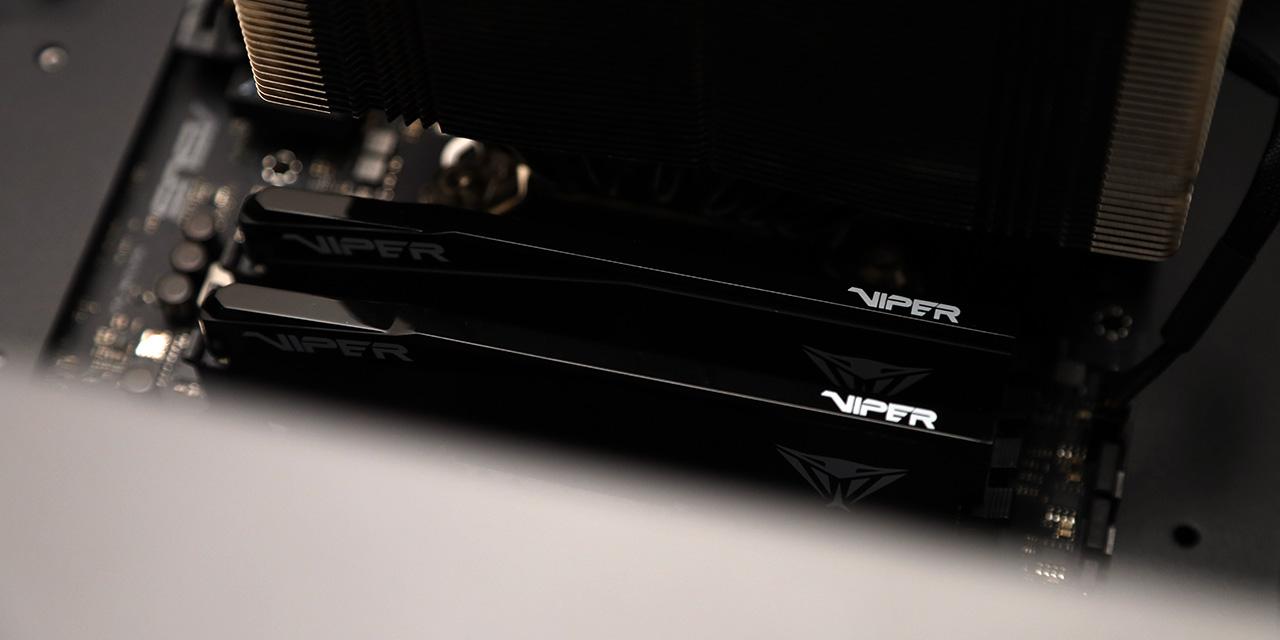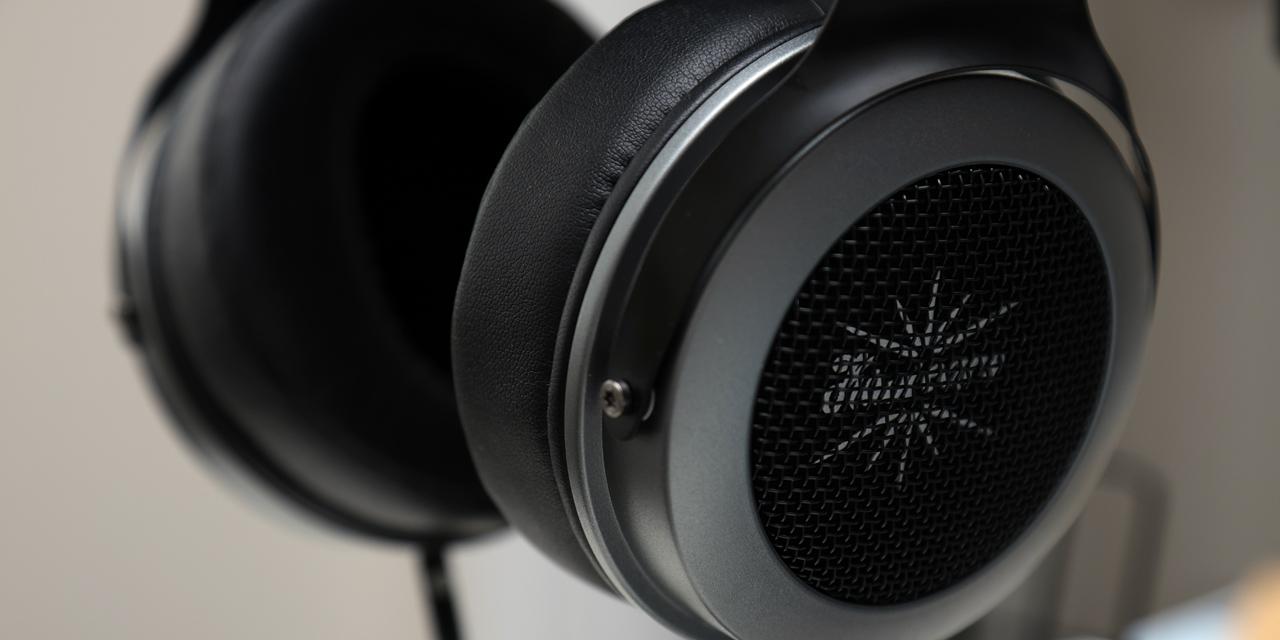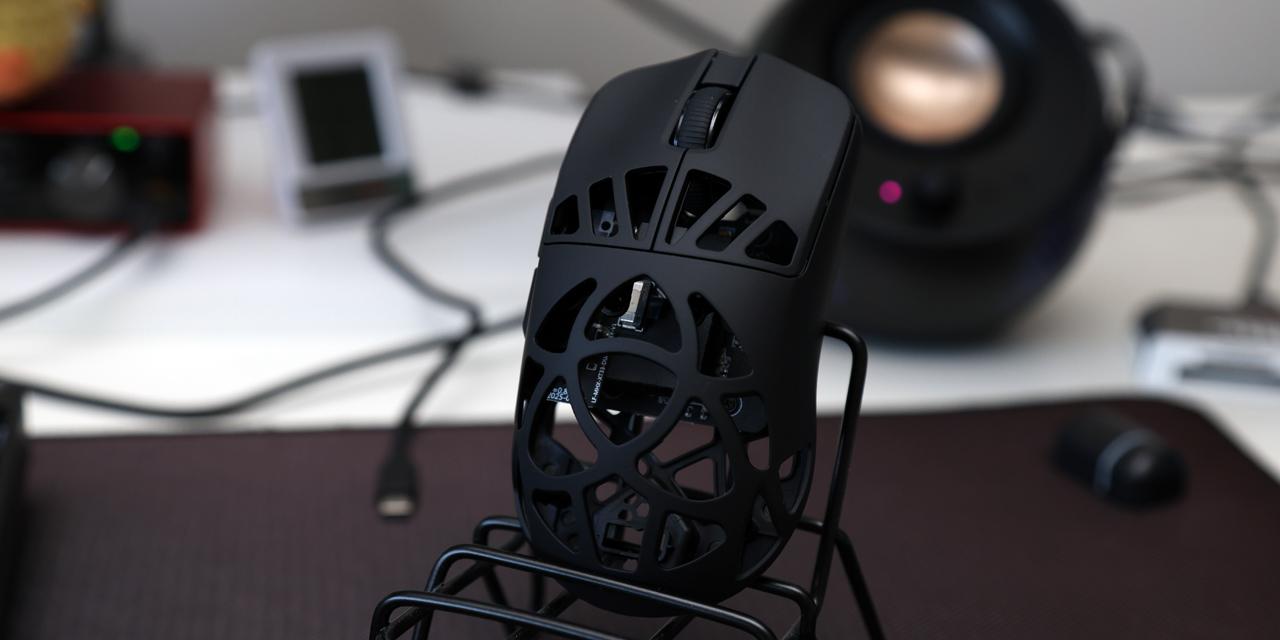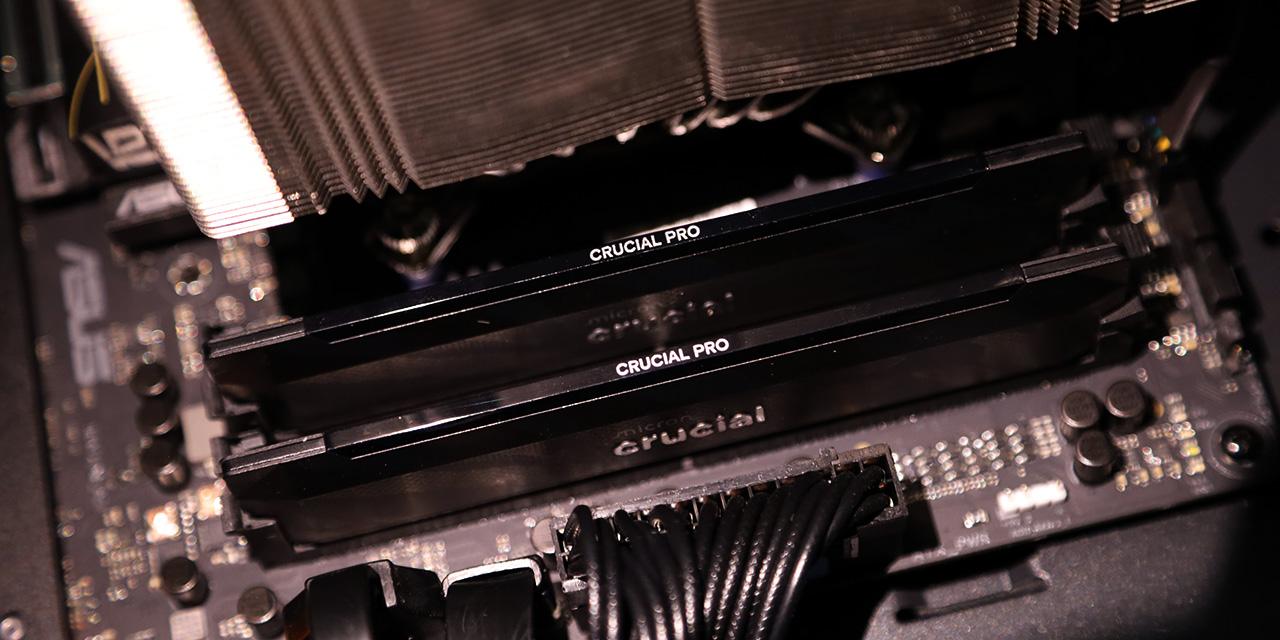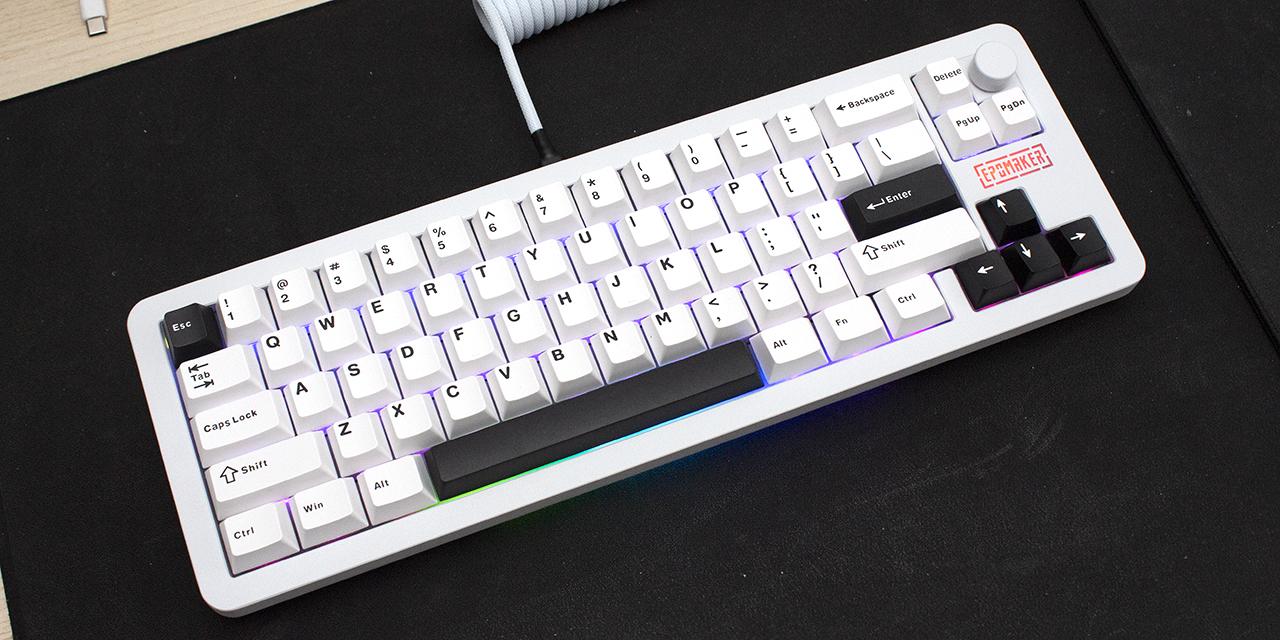From Tom's Hardware: The upcoming Ryzen AI MAX 395+ from AMD's Ryzen 300 or Zen 5 family of APUs has emerged at Geekbench with performance that's largely identical to the desktop Ryzen 9 7950X processor — at least in short bursts. The 395+ is seen powering the upcoming ROG Flow Z13 laptop from Asus, expected to debut at CES next month. Against the last-gen Ryzen 9 7945HX, AMD has managed to extract a massive 22% performance uplift with Strix Halo.
The enthusiast laptop market will soon be greeted by AMD's flagship APUs codenamed "Strix Halo" under the Ryzen AI MAX Pro lineup. Likely to arrive at CES, these APUs reportedly serve as a one-stop solution for workstation laptops uniting Zen 5 cores with a powerful RDNA 3.5 iGPU (Integrated GPU) on a single chip.
Rumor has it that the top-end Radeon 8060S may be configured with up to 40 CUs (Compute Units) with support for fast LPDDR5X-8000 memory. Strix Halo is a one-of-a-kind product and should not be confused with the flagship-grade Fire Range series, succeeding Dragon Range (Ryzen 7045HX).
The test bench features the Asus ROG Flow Z13 "GZ302EA," listings for which surfaced a few days ago at a Belarusian retailer. Geekbench reports the Ryzen AI MAX 395+ with 16 cores and 32 threads based on AMD's Zen 5 architecture. The CPU offers a base frequency of 3 GHz, going as high as 5.1 GHz. Much like 16-core desktop chips from AMD, the 395+ is equipped with 64MB of L3 cache and 16MB of L2 cache.
Impressive scores of 2928 points and 19484 points in the single-core and multi-core categories, respectively, land the Ryzen AI MAX 395+ largely on par with the Ryzen 9 7950X. The limited clock speeds prevent it from breaching the 3,000 barrier when it comes to single-core performance. However, multi-core sees it pass with flying colors, beating the Ryzen 9 7945HX by 22%. Notably, the relatively short-duration Geekbench benchmark leads to ideal scores for the chip, as the chip will heat up and likely slow as it runs longer-duration benchmarks.
View: Full Article
